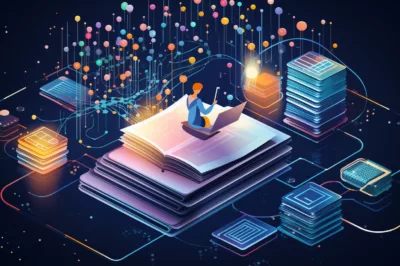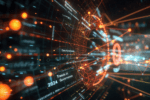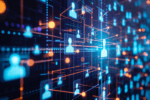Introduction:
In the ever-evolving world of technology and data, the field of data science has gained immense popularity. With its ability to extract valuable insights from vast amounts of data, data science has become an indispensable skillset in various industries. As we enter 2023, learning data science has never been more crucial for those aspiring to excel in this field. In this article, I will outline a comprehensive guide on how I would approach learning data science in 2023, providing valuable insights and resources for individuals looking to embark on this exciting journey.
- Understanding the Foundations of Data Science
- Mastering Programming Languages for Data Science
- Exploring Data Manipulation and Analysis Techniques
- Embracing Machine Learning Algorithms and Techniques
- Harnessing the Power of Deep Learning
- Acquiring Big Data Skills
- Applying Data Science in Real-World Projects
- Continuous Learning and Keeping Abreast of Industry Trends
- Conclusion:
Understanding the Foundations of Data Science
To start my data science journey, I would first focus on understanding the foundational concepts of the field. This includes familiarizing myself with key terms and concepts such as data mining, statistical analysis, machine learning, and data visualization. Online platforms such as Coursera, edX, and Khan Academy offer a plethora of introductory courses that cover these topics in a beginner-friendly manner. By dedicating time to grasp the fundamentals, I can establish a strong knowledge base to build upon.
Mastering Programming Languages for Data Science
Next, I would prioritize learning programming languages that are essential for data science. Python, with its robust libraries such as NumPy, Pandas, and scikit-learn, is widely regarded as the go-to language for data analysis and machine learning tasks. R is another powerful language commonly used in statistical analysis and data visualization. I can efficiently manipulate and analyze data, perform complex statistical computations, and develop predictive models by gaining proficiency in these languages.
Exploring Data Manipulation and Analysis Techniques
Data manipulation and analysis are core skills in data science. To excel in these areas, I would delve into advanced techniques for data cleaning, preprocessing, and transformation. This involves handling missing data, dealing with outliers, and ensuring data consistency. Additionally, learning how to perform exploratory data analysis (EDA) techniques, such as data visualization and summary statistics, can provide valuable insights into the underlying patterns and relationships within the data.
Embracing Machine Learning Algorithms and Techniques
Machine learning lies at the heart of data science, enabling us to extract meaningful patterns and predictions from data. I would explore various machine learning algorithms, including supervised learning (such as linear regression, decision trees, and support vector machines) and unsupervised learning (such as clustering and dimensionality reduction). Understanding the strengths and limitations of different algorithms and knowing when to apply them is crucial for effective model building and evaluation.
Harnessing the Power of Deep Learning
Deep learning has revolutionized the field of artificial intelligence and data science. With its ability to process complex patterns and relationships in data, neural networks have become a powerful tool in solving challenging problems. I would invest time in learning deep learning frameworks such as TensorFlow and PyTorch, exploring concepts like convolutional neural networks (CNNs) for image analysis and recurrent neural networks (RNNs) for natural language processing tasks. Staying updated with the latest advancements in this rapidly evolving field is essential for leveraging deep learning effectively.
Acquiring Big Data Skills
As the volume and complexity of data continue to grow exponentially, the ability to work with big data is becoming increasingly important. I would familiarize myself with technologies such as Apache Hadoop, Spark, and NoSQL databases, commonly used to handle and process large-scale datasets. Understanding distributed computing, parallel processing, and data storage techniques will enable me to extract insights from vast amounts of data efficiently.
Applying Data Science in Real-World Projects
To solidify my understanding and gain practical experience, I would actively engage in real-world data science projects. This could involve working on Kaggle competitions, participating in open-source projects, or collaborating with others in the data science community. By applying the knowledge and skills acquired throughout my learning journey, I can tackle complex problems, refine my techniques, and showcase my abilities to potential employers or clients.
Continuous Learning and Keeping Abreast of Industry Trends
Data science is a field that is constantly evolving, with new algorithms, tools, and techniques emerging regularly. I would commit to continuous learning and staying updated with the latest industry trends to stay ahead of the curve. This involves attending conferences, joining online communities, reading research papers, and following influential data science thought leaders. By embracing lifelong learning, I can adapt to changing landscapes and leverage new advancements in the field.
Conclusion:
In conclusion, learning data science in 2023 requires a structured and comprehensive approach. By understanding the foundational concepts, mastering programming languages, exploring data manipulation and analysis techniques, embracing machine learning and deep learning, acquiring big data skills, and applying knowledge in real-world projects, one can build a solid foundation in data science. Continuous learning and staying up to date with industry trends are key to remaining competitive in this rapidly evolving field. As we embark on this data-driven journey, let us embrace the challenges, expand our horizons, and unlock the limitless possibilities that data science offers.







Leave a Reply